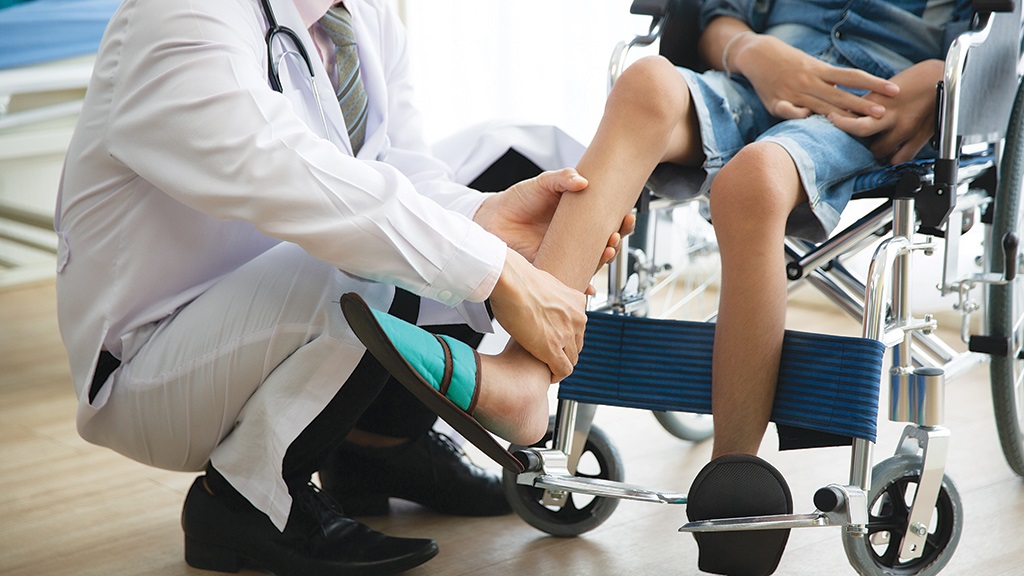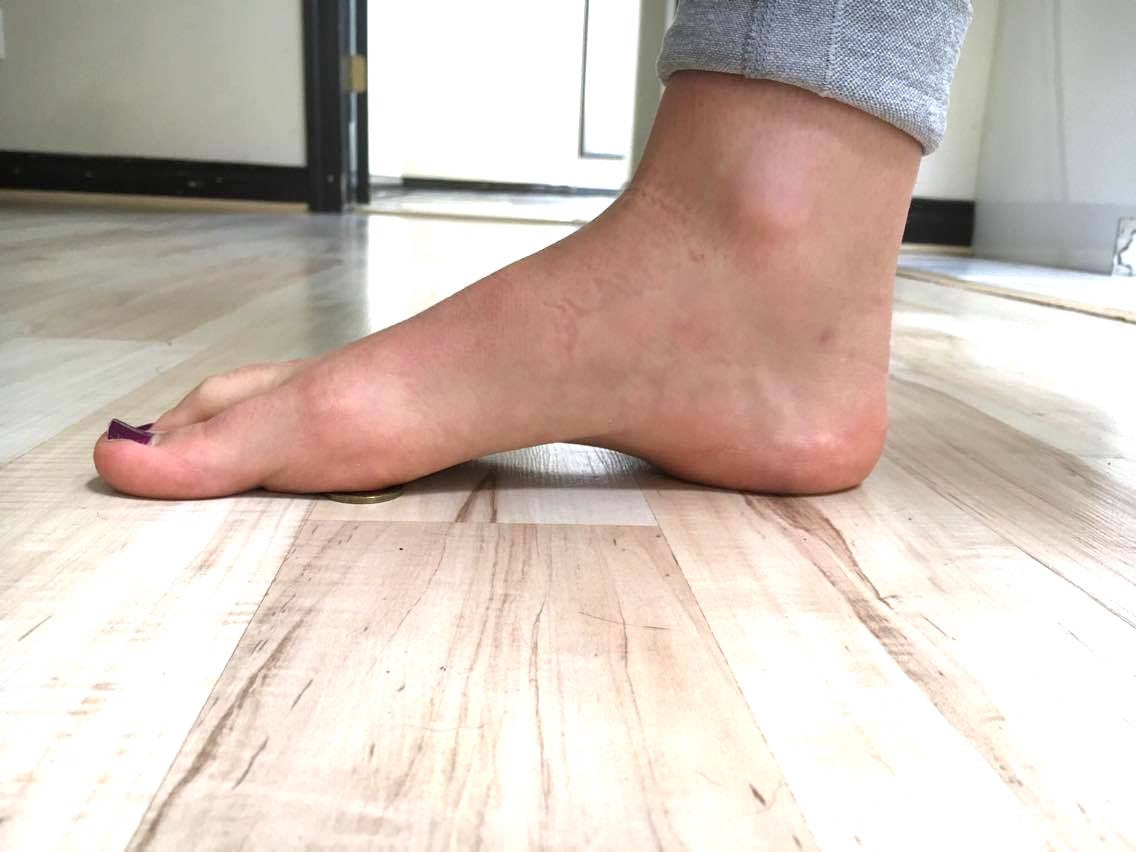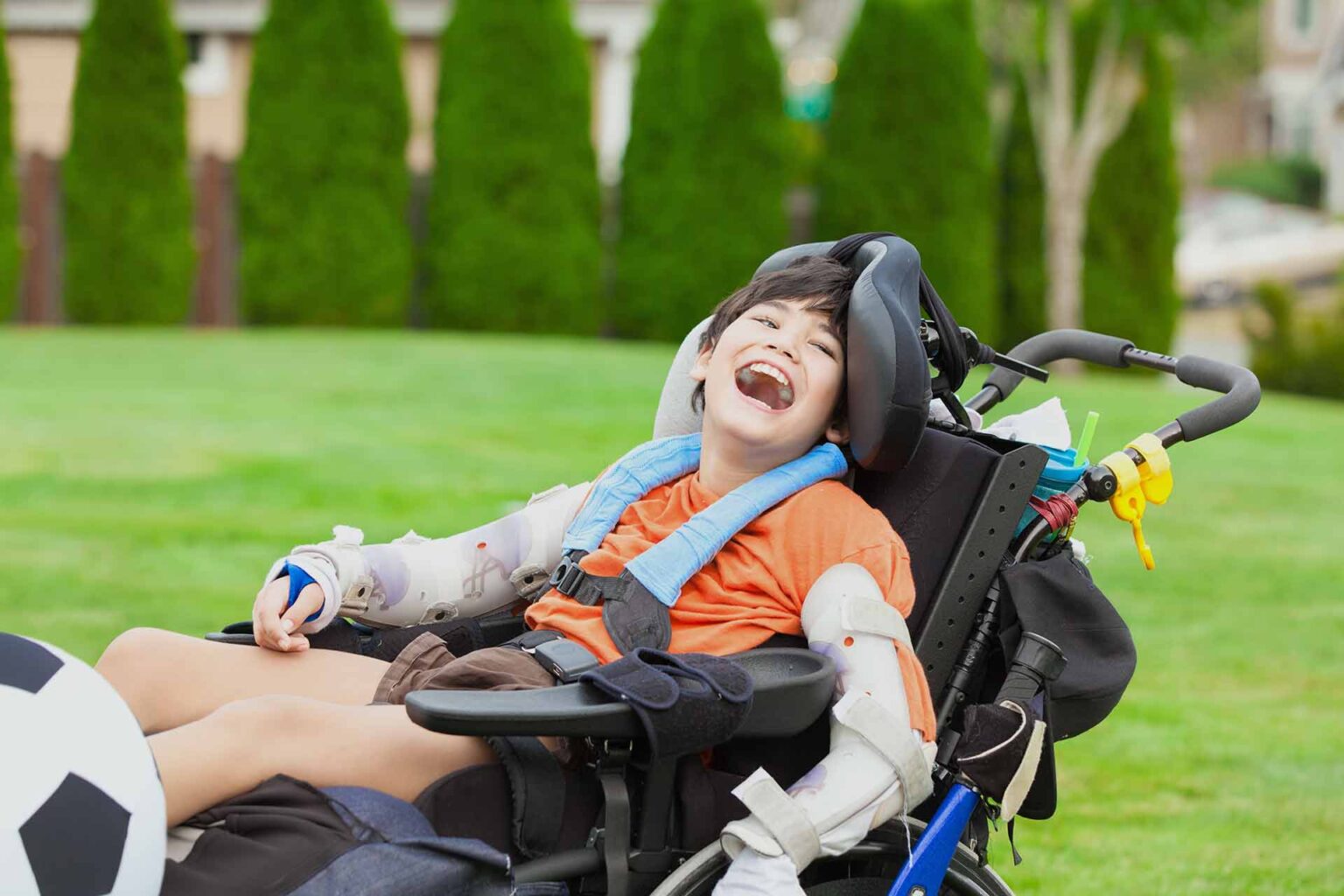Cerebral Palsy (CP) is a neurological disorder that affects movement, coordination, and muscle tone. It is caused by damage to the brain before, during, or after birth. Physical therapy is an essential part of the treatment for CP, and it can help improve mobility, balance, and strength. In this article, we will discuss the different physical therapies for cerebral palsy.

- Passive Range of Motion (PROM) Exercises: Passive Range of Motion exercises are designed to improve joint mobility and flexibility. These exercises are performed with the help of a physical therapist or caregiver, who moves the patient’s limbs through a range of motion. PROM exercises are often used in the early stages of CP, when the patient has limited mobility and muscle tone. These exercises help prevent muscle contractures, which are a common complication of CP.
- Active Range of Motion (AROM) Exercises: Active Range of Motion exercises are designed to improve muscle strength and coordination. These exercises are performed by the patient, who moves their limbs through a range of motion. AROM exercises can help improve muscle tone and prevent muscle weakness. These exercises are often used in the later stages of CP, when the patient has improved mobility and muscle tone.
- Strengthening Exercises: Strengthening exercises are designed to improve muscle strength and endurance. These exercises involve resistance training, using weights or resistance bands. Strengthening exercises can help improve posture, balance, and coordination. They can also prevent muscle weakness and atrophy.
- Stretching Exercises: Stretching exercises are designed to improve flexibility and range of motion. These exercises involve holding a stretch for a set period, typically 30 seconds. Stretching exercises can help prevent muscle contractures and improve posture. They can also improve joint mobility and reduce the risk of joint pain.
- Aquatic Therapy: Aquatic therapy is a form of physical therapy that is performed in water. This therapy is designed to reduce the impact of gravity on the body, which can help improve mobility and reduce muscle spasms. Aquatic therapy can help improve muscle strength and endurance, as well as reduce pain and inflammation.
- Constraint-Induced Movement Therapy (CIMT): Constraint-Induced Movement Therapy is a type of physical therapy that is designed to improve mobility and function in the affected limbs. This therapy involves restraining the unaffected limb, forcing the patient to use the affected limb. CIMT can help improve motor control and coordination, as well as reduce muscle spasms.

- Neurodevelopmental Therapy (NDT): Neurodevelopmental Therapy is a type of physical therapy that is designed to improve motor function and coordination. NDT focuses on improving movement patterns and postures, as well as promoting muscle control and coordination. NDT can help improve overall mobility and function, as well as reduce muscle spasticity.
- Functional Electrical Stimulation (FES):Functional Electrical Stimulation is a type of physical therapy that uses electrical stimulation to stimulate muscles and nerves. FES can help improve muscle strength and coordination, as well as reduce muscle spasms. FES can also help improve functional abilities, such as walking and standing.
- Orthotics: Orthotics are devices that are designed to improve posture and reduce muscle spasms. Orthotics can include braces, splints, and casts. Orthotics can help improve mobility and function, as well as reduce the risk of contractures and deformities.
- Botox Injections: Botox injections are a type of medical treatment that can help reduce muscle spasms and stiffness. Botox injections work by blocking the neurotransmitters that signal the muscles to contract. Botox injections can help improve overall mobility and function, as well as reduce the risk of contractures and deformities.

